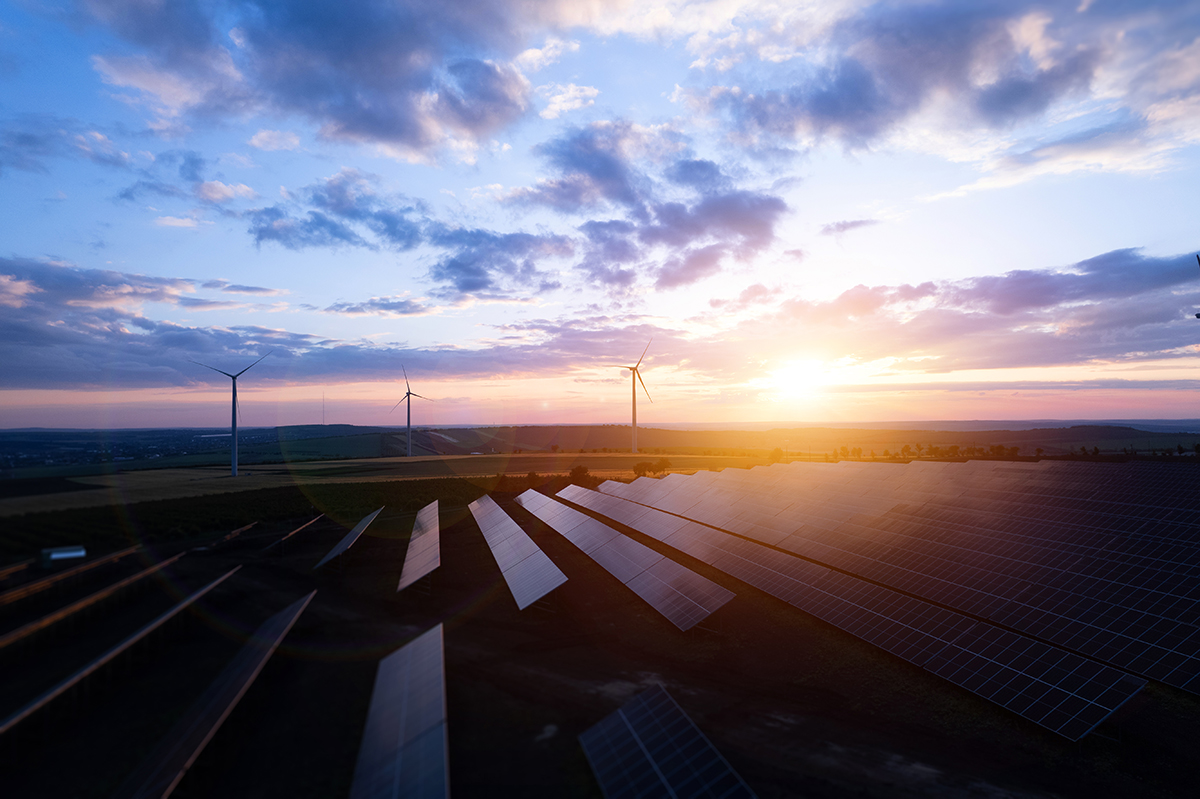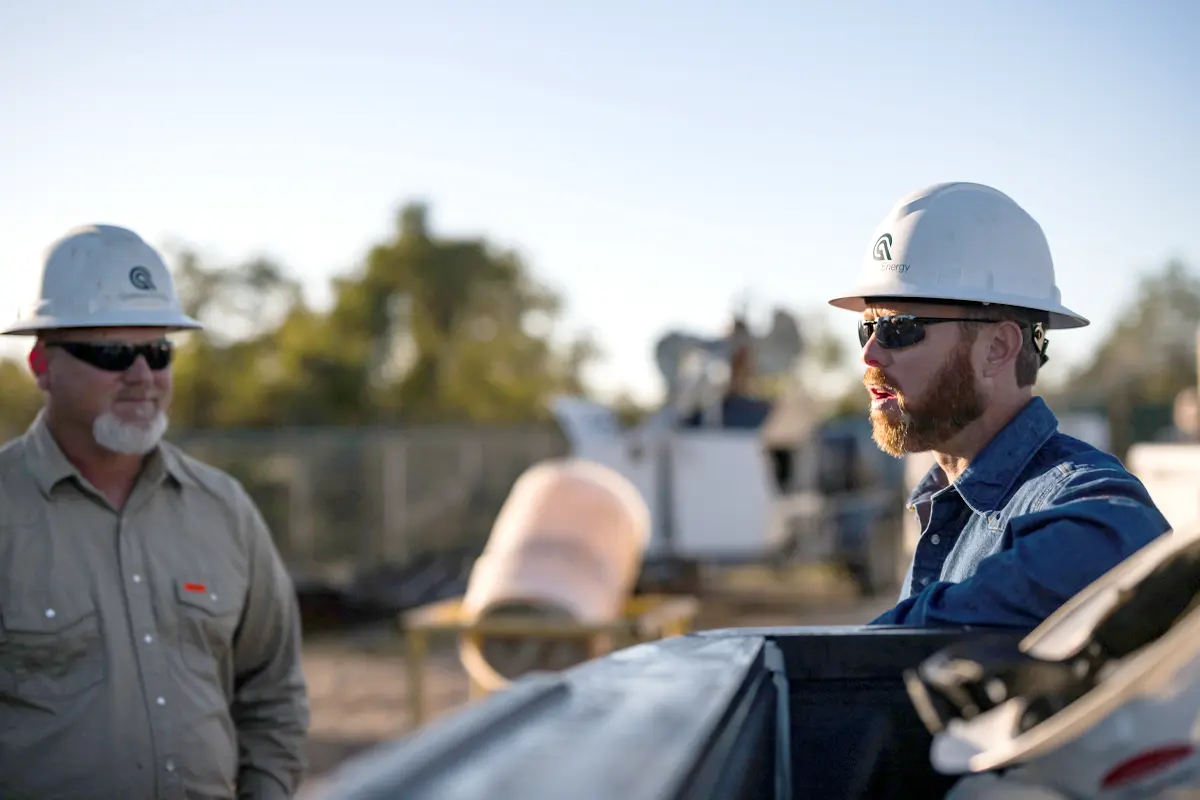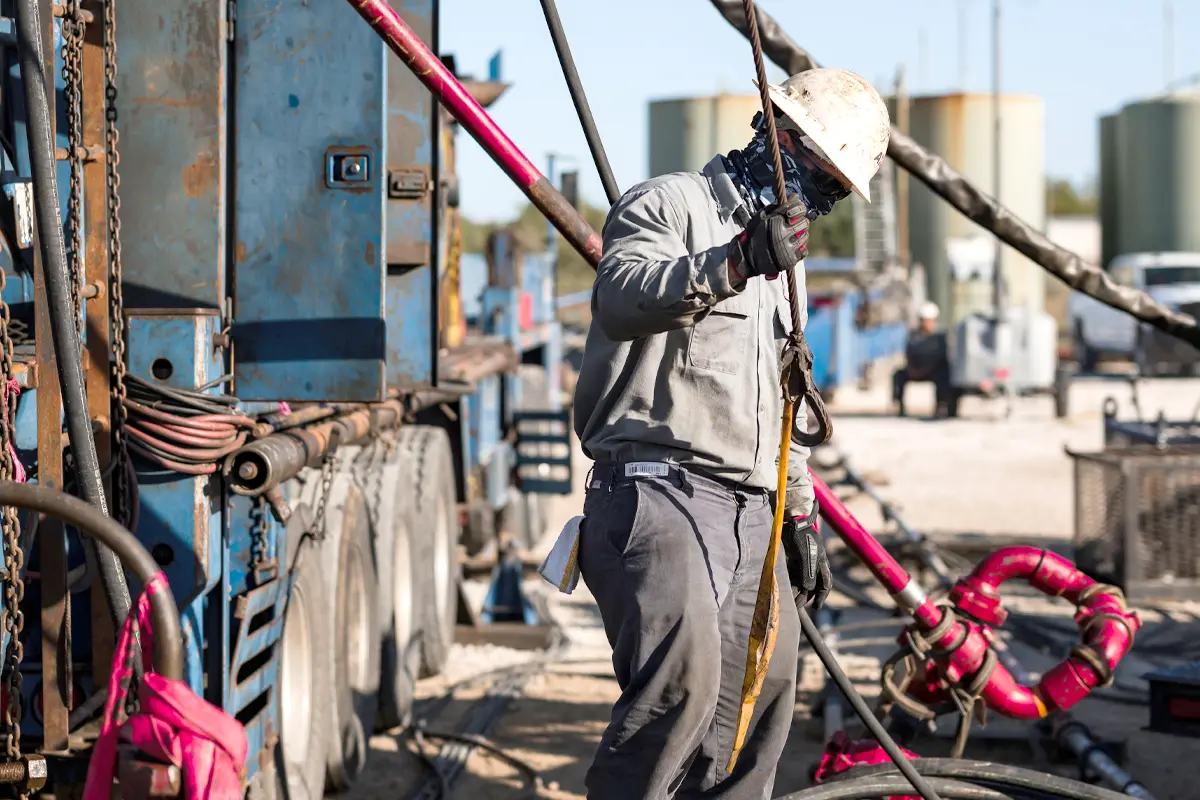The Challenge
Reliably Serving the Accelerating Demand for Baseload Power
Background
The energy system in the United States is undergoing profound change. From the perspective of demand, the country’s need for stable, continuous power is surging, both as industrial electrification continues and as the expanding applications of Artificial Intelligence drive an acceleration in data center growth. Industrial innovations are leading more sectors to turn to electrification, while a combination of falling renewable prices and private sector net-zero goals are increasing the demand for electricity.¹ Meanwhile, increased demands for computer processing are expected cause data centers alone to require 35 GW of power by 2030, nearly doubling what was needed in 2022.²
From the perspective of supply, the proliferation of intermittent renewable energy projects—and their declining costs—continues to reshape the energy mix. Supply for renewables such as solar is expected to increase significantly in the coming years to keep pace with data center growth, with the EIA predicting 75% growth between 2023 and 2025.³ However, this growth also brings considerable challenges for the electrical grid.

The Challenge

The growing power demand is predominantly baseload in nature — customers require a continuous, around-the-clock supply of electricity to power homes, businesses, and critical infrastructure. This means that regardless of the time of day or fluctuations in usage, the grid must deliver a steady stream of power to meet this growth.
At the same time, the majority of new generators currently in the interconnection queue are non-firm, relying on intermittent sources such as solar and wind. These resources, while increasingly cost-effective and abundant, are inherently variable and volatile. Their output depends on weather conditions and time of day, which makes them less predictable and unable to consistently provide the full amount of power needed at all hours.
The consequence of this mismatch is that the forecasted generation from these intermittent projects cannot be relied upon to serve the entire load. In other words, while these non-firm resources contribute significantly to overall capacity, they fall short of guaranteeing the continuous, reliable energy required to sustain the baseload demand. This gap poses a serious challenge for grid operations, which must find a way to meet baseload demand with an increasingly volatile supply.
Storage is the Solution
But it has to be the Right Storage
Energy storage is the easiest way to solve this issue – which also explains why storage installations are surging in concert with solar and wind. Storage is also becoming popular even in the absence of renewables to pair it with, as the increasing severity of natural disasters means utilities need a regular source of backup power.
While the falling cost and increasing energy density of lithium-ion batteries means utility-scale battery storage is becoming more popular, it also brings its own set of challenges. Lithium batteries are subject to the whims of global supply chains due to their reliance on critical minerals. Despite recent advancements, lithium storage is still also only cost-efficient in shorter durations.
Those durations are hardly enough to fully accommodate a grid that’s dependent on intermittent renewables, or one that faces a prolonged outage due to damage to network infrastructure. That helps explain why pumped storage hydropower, which by definition provides long duration storage, makes up 96% of all utility-scale storage in the U.S.
But pumped hydro has unyielding geological and environmental limitations, which means it’s not a good fit for the future of the energy transition. While conventional pumped storage is time-tested and effective, its ability to help meet our future energy storage and grid balancing needs is also constrained by exponential costs, land use considerations, and long permitting timeframes.
Quidnet has the Answer
The good news is pumped hydro is no longer the only option for long-duration storage. Quidnet’s modular geomechanical energy storage solution enables rapid, wide-scale deployment of firm power the grid, while providing a cleaner alternative to fossil-fueled generation as a way to balance the system.
Quidnet’s solution relies on abundantly available land. It has the added benefit of applying methods similar to oil and gas drilling, meaning Quidnet can tap into the vast and established oil and gas supply chain, workforce, and vendor network to rapidly deploy at scale.



